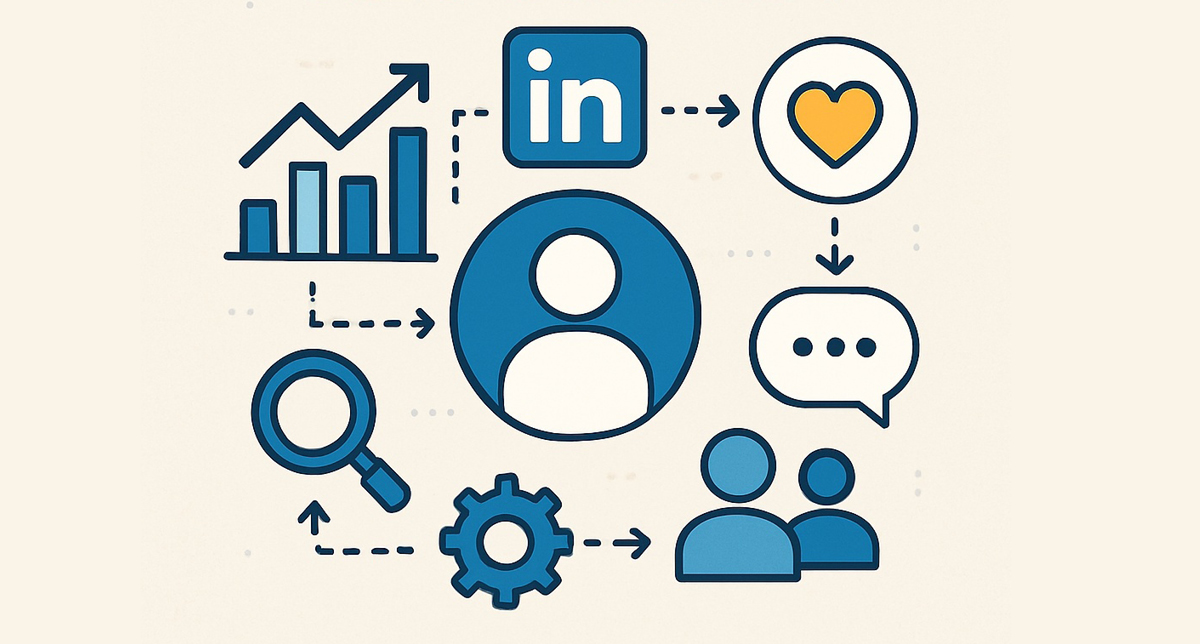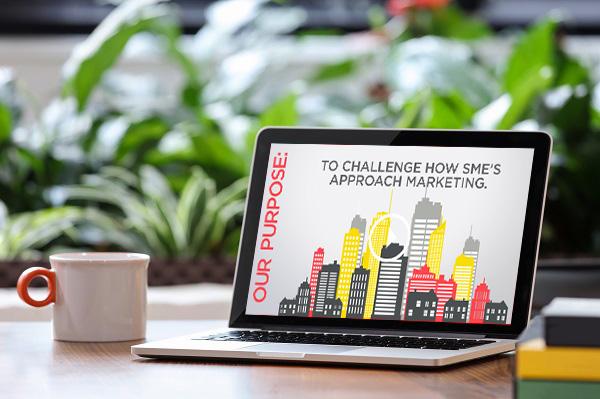LinkedIn Algorithm & Privacy Changes: What B2B Brands Need to Know

If you’ve noticed familiar posts resurfacing on LinkedIn weeks after they were first shared, you’re not imagining it. The latest LinkedIn algorithm update is reshaping how visibility works on the platform — with engagement, quality, and relevance now taking precedence over timing.
For B2B brands, these shifts represent both opportunity and risk. Understanding how to adapt your LinkedIn strategy in light of these algorithm and privacy changes is essential for maintaining visibility, credibility, and control over your data.
Relevance is the new currency
LinkedIn’s algorithm is now geared towards serving users content that aligns with their professional interests, even if that content isn’t brand new. This shift means that timeless, insightful posts will perform better than short, reactive updates. For marketing teams, it’s worth investing in content that offers value long after publication — such as expert commentary, industry analysis, or educational resources.
Depth drives engagement
One of the most significant changes lies in how LinkedIn measures engagement. ‘Dwell time’ — how long a user spends interacting with a post — has become a key signal of value. Posts that hold attention, such as longer text updates, carousels, or videos uploaded directly to LinkedIn, tend to perform best.
Video, in particular, is a growth priority. With the platform investing in vertical video formats, improved analytics, and branded content series, B2B marketers have a clear opportunity to showcase authentic expertise and strengthen thought leadership through this medium.
The new rules of interaction
Quick reactions still count, but meaningful conversations matter more. Comments that add value or spark genuine discussion are weighted higher than simple likes. Encouraging employees and stakeholders to contribute thoughtful dialogue can help amplify your organisation’s reach and credibility.
Keeping users on the platform
LinkedIn continues to favour posts that keep users engaged within its ecosystem. Content that includes outbound links is likely to see reduced reach, so marketers should consider alternative ways to drive conversion — for instance, following up engagement via LinkedIn messaging or integrated sales activity rather than redirecting users off-platform.
AI-driven personalisation and privacy updates
From November 2025, LinkedIn’s updated User Agreement and Privacy Policy will introduce new AI-related data practices. By default, member data will be used to train LinkedIn’s generative AI models unless individuals actively opt out.
While the platform presents this as a feature designed to improve relevance, there are strategic considerations for businesses. Employee posts could indirectly inform AI models about your organisation’s expertise or market approach. Competitors using AI-powered tools could, in theory, emulate aspects of your brand voice or insight.
Senior leaders should therefore review internal policies and remind employees not to share sensitive information on LinkedIn. Where marketing or communications teams post on behalf of key personnel, it may be prudent to opt out of data sharing until the long-term implications are clearer. Monitoring engagement metrics before and after any changes will also help ensure performance remains consistent.
How B2B brands should respond
To remain competitive under the new algorithm and privacy framework:
• Focus on consistent, high-value content that supports long-term engagement.
• Use LinkedIn-native formats such as carousels and video to increase dwell time.
• Encourage thoughtful interaction rather than superficial engagement.
• Align marketing and business development teams to nurture on-platform leads.
• Review and update internal social media and privacy policies regularly.
If you’d like expert support in refining your LinkedIn approach, Definition Consulting can help. We design strategies that enhance reach, strengthen professional reputation, and ensure your content works in harmony with the latest LinkedIn algorithm and privacy changes.







